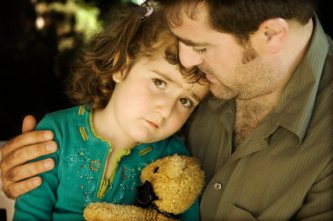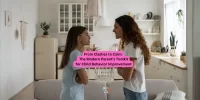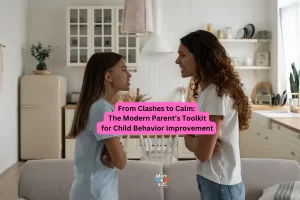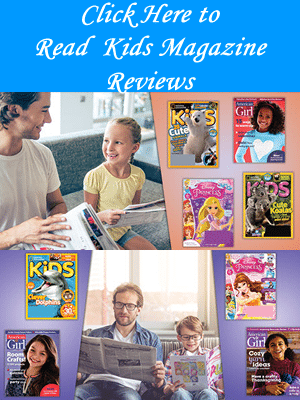 Separation anxiety can be a very traumatic thing for both parents and children. Often times, parents feel a sense of anxiety when leaving their child for the first time. And in some instances, the children can feel the sense of anxiety and it will actually raise their own anxiety. However, there are a variety of different steps you can take and work through the anxiety. Typically speaking, child separation anxiety begins around the ages of 8 months to 18 months. And while it may seem like a terrible ordeal to go through, your little one will learn some valuable lessons. Your child will learn that while you may leave, you will always return.
Separation anxiety can be a very traumatic thing for both parents and children. Often times, parents feel a sense of anxiety when leaving their child for the first time. And in some instances, the children can feel the sense of anxiety and it will actually raise their own anxiety. However, there are a variety of different steps you can take and work through the anxiety. Typically speaking, child separation anxiety begins around the ages of 8 months to 18 months. And while it may seem like a terrible ordeal to go through, your little one will learn some valuable lessons. Your child will learn that while you may leave, you will always return.
The earlier you try a sitter out, the better off you will be. If at all possible, avoid trying a new sitter or daycare between 8 months and a year of age. If your child is familiar with the same sitter, from the time they are born, separation anxiety will often be minimal.
As well, the time of day is very important. If your little one is tired or hungry, the transition will be even harder. Therefore, if possible, pick a time of day when your baby has a full belly and is not tired or feeling overwhelmed.
Whether you are starting your child in daycare or leaving him with a friend or family member for a few hours, explain to your child what is going on. Give you child details of what will go on during the day. If you are leaving your little one at daycare, explain that there will be other kids to play with. As well, explain that they will have snack time and nap time. If you give your child a full understanding of what to expect, it will help to ease the transition process. He or she will go into the situation feeling more confident and aware of what is going on.
If you are looking to leave your child with a babysitter, start in small doses. Try leaving your child for short periods of time. If possible, invite a sitter over to your house several times before you plan to leave them alone. This will give your little one an excellent opportunity to become familiar with the baby sitter. The first time the baby sitter comes over, stay in the room with the sitter and the child. After you feel your child is becoming comfortable with the sitter, leave the two of them alone. You can simply go in another room. Every once in a while, try popping in and saying hi and see how things are going. Each time the sitter comes over, leave the two of them alone for longer periods of time.
Be sure to tell your child good bye when you leave. While this may seem like a simple thing, it is a very important step. Often times, parents will try to sneak out of the house while the child is occupied. Many times, this can make the situation worse. If the child suddenly realizes you are gone, they are more apt to get upset and stay upset. Therefore, tell them good bye before leaving. This way, they know that a good bye will always mean a hello will follow, once you have returned home.
While telling your child good bye is a crucial step, be sure to keep it quick and simple. The longer you drag it out, the harder it may become. Give your little one a hug and kiss and then walk away. Even if you can hear your baby crying inside, do not go back inside. By returning while he or she is crying, they learn that crying brings you back.
Consistency is very important for children. Therefore, set up a good bye routine and use it each time you and your child will be separated.
If you are returning while your child is awake, make sure you give them a big hello as soon as you return. As well, tell them what a wonderful job they did while you were gone. However, do not apologize for leaving.
Separation anxiety is very common in young children. And while there is no immediate cure, there are steps that can be taken to ease the situation and make the transition a bit easier. It is important that you remain calm and patient during this period. Before long, your child will learn that although you must leave, you will return. Once they build up their confidence, the separation anxiety will subside.











Add Comment